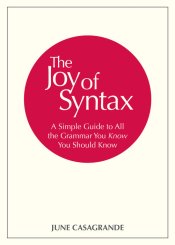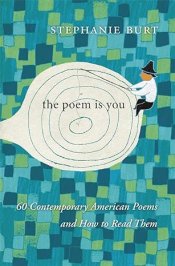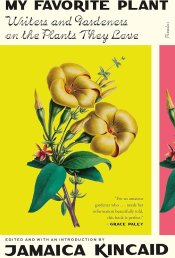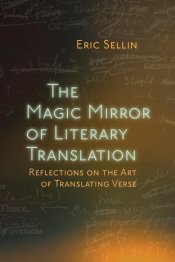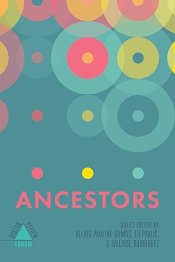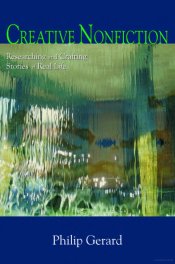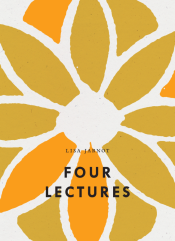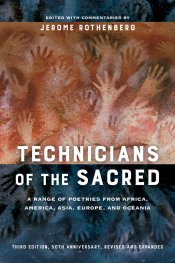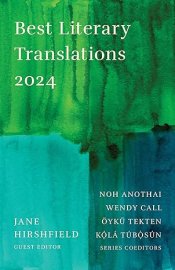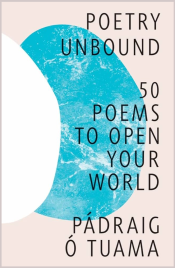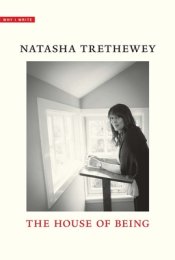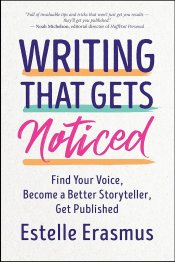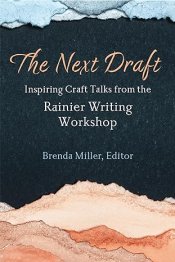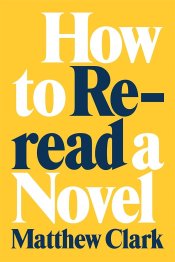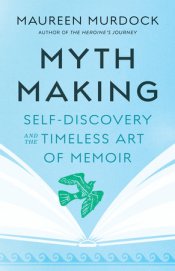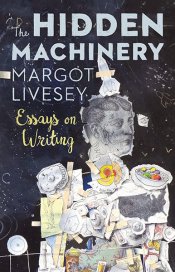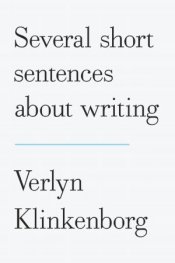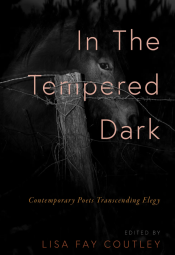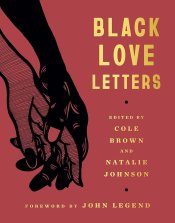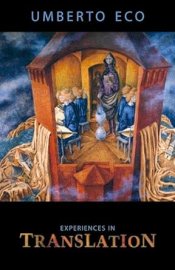The Long Run: A Creative Inquiry

Artistic community is at the core of this new craft book about the artist’s life and work over time by author and critic Stacey D’Erasmo, whose novels include the Lambda Literary Award–winning A Seahorse Year (Harcourt, 2004) and Wonderland (Harcourt, 2014). Shaping her immersive, lyrical essays around conversations with older artists across mediums, including composer Tania Léon, poet and artist Cecilia Vicuña, and landscape architect Darrel Morrison, D’Erasmo produces an insightful tapestry of sustainable artistic practice. Alongside deeply personal observations of cities, lineage, queerness, and life itself, a self-portrait emerges. “Maybe the rectilinear plane on which you have staked your life,” she writes, “is always filled with unnameable stuff that you nevertheless keep beginning with ‘dear friend’ and ending with ‘love.’” The Long Run is at once a record of long, fulfilling careers in the arts and a study of how they can come to be.





